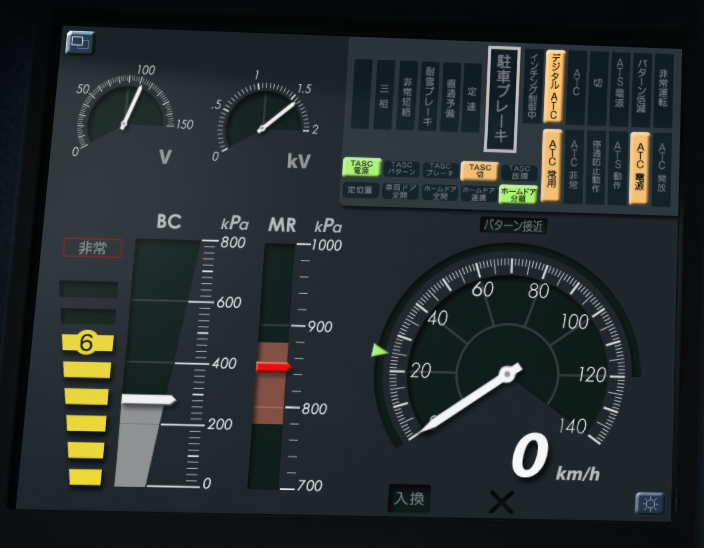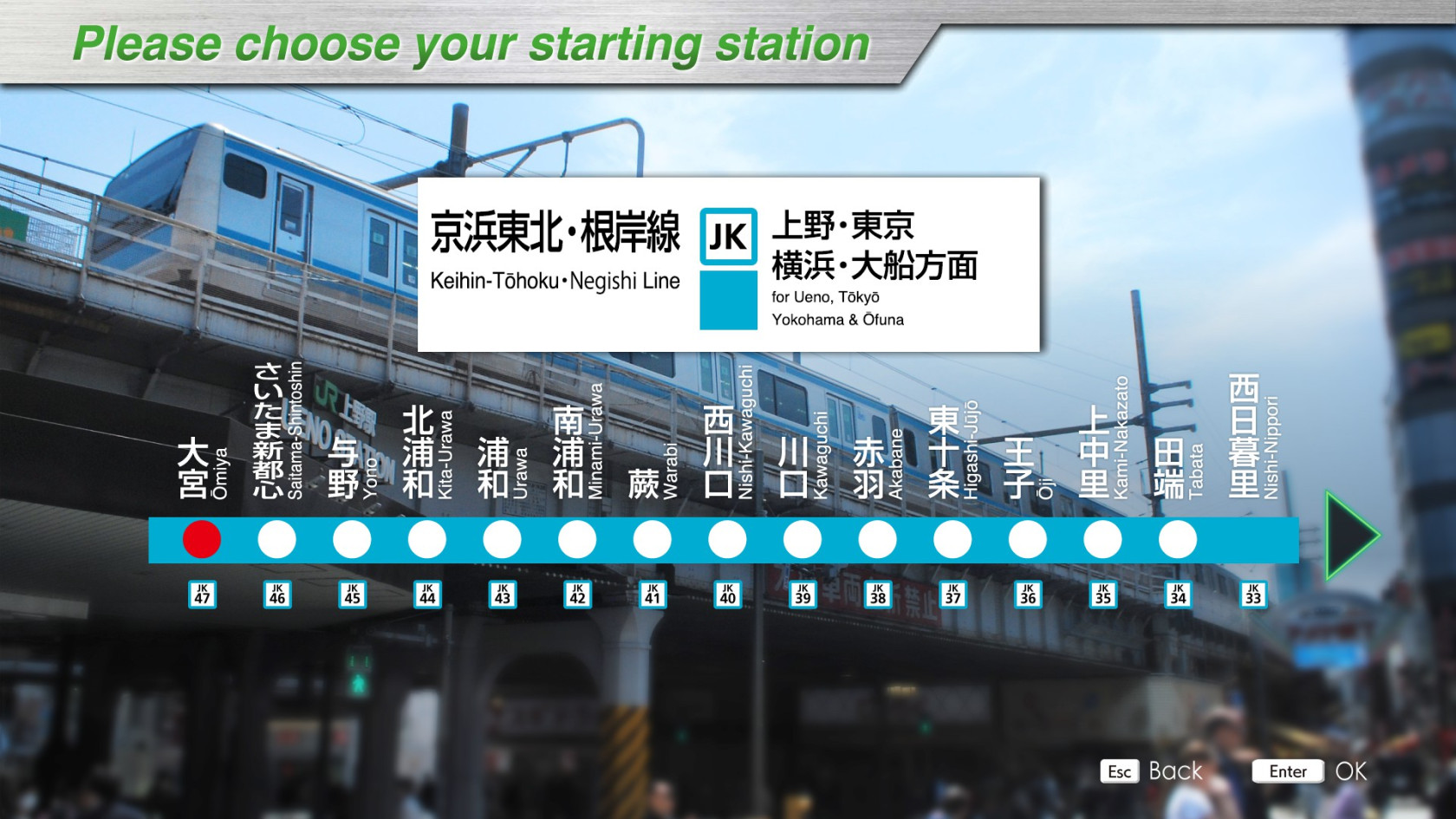Keihin-Tohoku / Negishi Line
Introducing
The Keihin-Tōhoku line is a railway line in Japan's JR East network. It connects Ōmiya in Saitama Prefecture, Tokyo and Yokohama. The line, inaugurated in 1914, has been operating for over 100 years.
The line runs parallel to the JR Yamanote line between Shinagawa and Tabata stations. With a daily ridership of over 3 million, it is one of Japan's busiest commuter lines.
The Negishi Line is a railroad line in Japan's JR East network. It connects the stations of Yokohama and Ōfuna in Kanagawa Prefecture. There is no passenger service specific to the line: trains from the Keihin-Tōhoku line continue their service on the Negishi line.
This line is included in the basic set.
Key data
- Total length : 81.2 km
- Number of stations : 46
- Safety system : D-ATC
- Train model : E233-1000 series
- Max speed :
- Omiya ~ Sakuragicho : 90km/h
- Sakuragicho ~ Ofuna : 95km/h
- Routes :
- Omiya ~ Ofuna (1275A) : "Rapid" train - 10 cars - 40 stations - 81.2 km
- Omiya ~ Isogo (727B) : "Local" train - 10 cars - 41 stations - 68.6 km
- Omiya ~ Ofuna (1275A) : "Rapid" train - 10 cars - 40 stations - 81.2 km
Note that, because the safety system is the D-ATC, the warning lights must be ignored and the Max Speed / Next Limit indicators are empty.
Note also that, although the Akabane station has landing doors, the margin of error remains as configured (and not +/- 35cm as on the Yamanote). What's more, TASC data is not available, so it can't be used in this case.
Console detail
Apart from the pocket watch and the door-closing indicator in the center of the console, there are 2 displays.

The first display shows in the bottom area:
- Brake level, with emergency brake indicator "非常".
- Brake cylinder pressure (BC)
- Main air reservoir pressure (MR). Note that if this falls below the red zone (780kPa), the compressor starts up.
- Speed dial, with limit indicator (green arrow) and the "pattern approach" (パターン接近) indicator.
The upper part contains the electrical voltages and various indicators:
|
|
|
|
Consult the MON/TIMS/INTEROS screen page for more details about the TIMS screen.
Movie
Useful links
Wikipedia : https://en.wikipedia.org/wiki/Keihin–Tōhoku_Line - https://en.wikipedia.org/wiki/Negishi_Line
Driver's guide : https://docs.google.com/spreadsheets/d/1qFyJVimA8cCBda6Iq064m5uuelpWd28X0FDERZQJ1fQ/edit#gid=426048143
Timetables (in japanese) :

